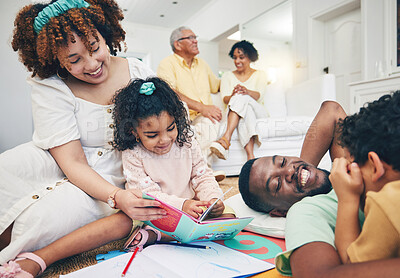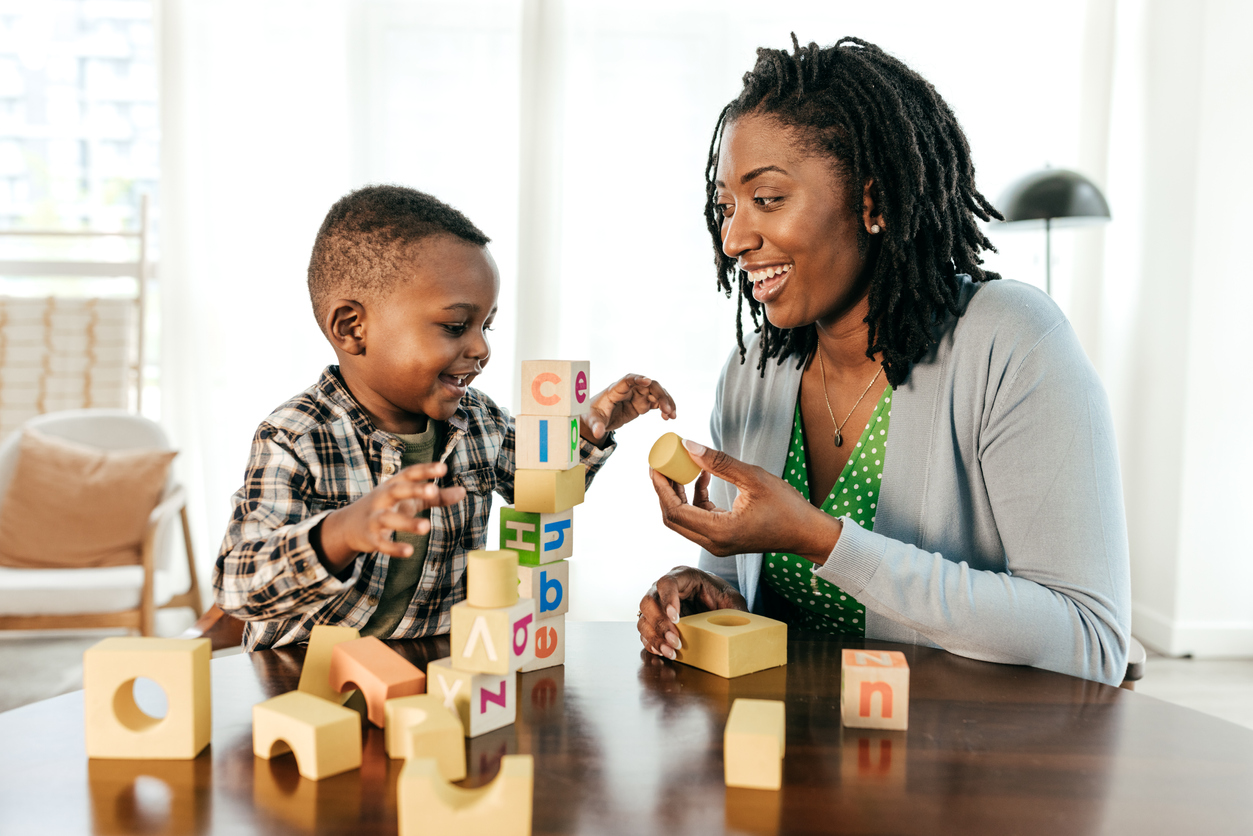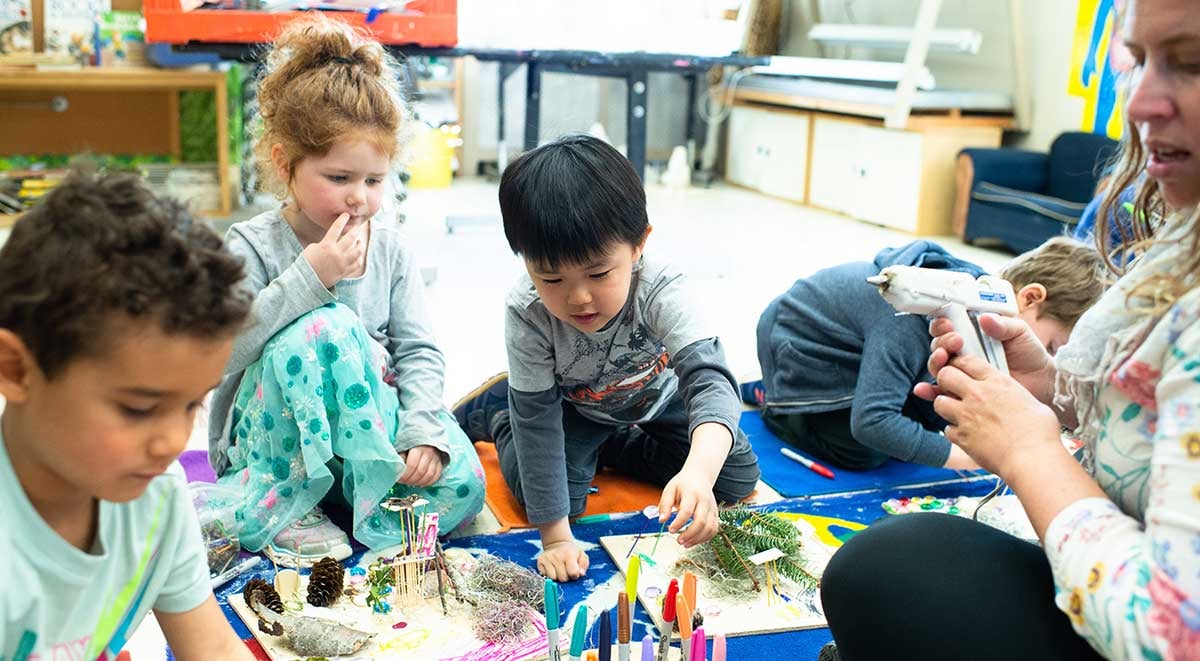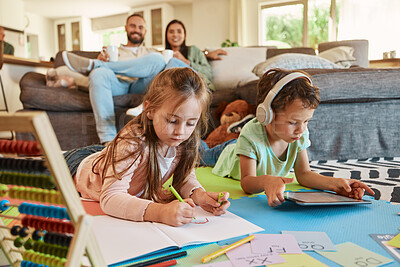Creative Education Methods Preferred by American Parents
Creative Education Methods Preferred by American Parents
In an era where creativity is highly valued, many American parents are focusing on fostering creative skills in their children. Creative education goes beyond traditional academics, encouraging children to think critically, express themselves, and develop problem-solving abilities. In this post, we will explore some of the most popular creative education methods favored by American parents, including art projects and hands-on creative activities.
1. Why Creative Education Matters
Creative education plays a vital role in nurturing children’s imagination and innovation. Here are some key benefits of incorporating creativity into education:
- Critical Thinking: Encourages problem-solving and independent thought.
- Self-Expression: Allows children to communicate their ideas and feelings.
- Adaptability: Builds resilience by encouraging new ways of thinking.
- Collaboration: Fosters teamwork and communication through group projects.
2. Popular Creative Education Methods
2-1. Project-Based Learning (PBL)
- What It Is: An educational approach where students learn by actively engaging in real-world and personally meaningful projects.
- Why It Works: Encourages hands-on involvement and critical analysis.
- Examples:
- Creating a documentary film about local history.
- Building a simple robot to understand mechanics.
- Skills Developed: Research, teamwork, presentation, and creative problem-solving.
2-2. STEAM Education (Science, Technology, Engineering, Arts, Mathematics)
- Focus: Integrating arts into STEM education to promote creativity alongside technical skills.
- Activities:
- Coding art projects using Scratch or Python.
- Building structures with craft materials to understand geometry.
- Benefits: Combines creativity with logical thinking.
2-3. Montessori and Reggio Emilia Inspired Activities
- Montessori Approach: Hands-on, self-directed learning with practical life activities.
- Reggio Emilia Approach: Child-centered, project-based, and exploratory learning.
- Activities:
- Nature journaling and sketching.
- Building models with natural materials like leaves and stones.
- Key Concepts: Freedom to explore and express.
3. Creative Art Projects to Try at Home
3-1. Collaborative Family Mural
- Materials: Large paper, paints, markers, and stickers.
- Process:
- Lay out a large sheet of paper.
- Each family member adds their own artistic touch.
- Combine ideas into a cohesive mural.
- Learning Outcome: Promotes teamwork and creative expression.
3-2. Storybook Creation
- Materials: Blank notebooks, colored pencils, stickers.
- Process:
- Plan a story outline together.
- Illustrate and write each page as a team.
- Bind the pages to make a book.
- Why It’s Great: Encourages storytelling and artistic creativity.
3-3. Recycled Art Sculptures
- Materials: Cardboard, plastic bottles, paper rolls, glue, and paint.
- Process:
- Plan a sculpture using recyclable materials.
- Assemble and paint the sculpture.
- Display as a household masterpiece.
- Why It’s Important: Combines creativity with sustainability education.
4. Integrating Creativity in Daily Learning
4-1. Creative Writing Prompts
- Examples:
- “Imagine a world made entirely of candy. Describe it!”
- “Write a letter to a future version of yourself.”
- Benefits: Enhances imagination and language skills.
4-2. DIY Science Experiments
- Example: Making a volcano with baking soda and vinegar.
- Educational Focus: Teaches scientific principles through interactive fun.
4-3. Music and Movement
- Activity: Create a family band using homemade instruments.
- Skills: Rhythm, coordination, and musical creativity.
5. Technology-Assisted Creativity
5-1. Digital Art and Animation
- Tools: Procreate, Tinkercad, Scratch.
- Projects:
- Create digital comic strips.
- Animate simple characters using coding.
- Why It’s Valuable: Combines art and technology to build modern creative skills.
5-2. Virtual Museum Tours and Art Galleries
- Platforms: Google Arts & Culture, Smithsonian Digital Collections.
- Activity: Explore famous artworks and create your own interpretations.
- Why It’s Fun: Inspires artistic vision and cultural appreciation.
6. Final Thoughts
Fostering creativity in children equips them with essential skills for a dynamic world. Whether through hands-on projects, digital creativity, or collaborative art activities, integrating creative education into everyday learning makes a significant impact. Encourage your children to explore, experiment, and express their ideas creatively!
Related Keywords
Creative education for kids USA, art projects for children, STEAM learning activities, project-based learning ideas, fostering creativity at home
Amazon best seller







Comments